Winner of the Palme d’Or at Cannes, Blue Is the Warmest Color (La Vie d’Adèle) is one of the most discussed lesbian films of the 21st century. Adapted from Julie Maroh’s acclaimed graphic novel Le bleu est une couleur chaude, it follows a teenager’s journey through first love, desire, and heartbreak.
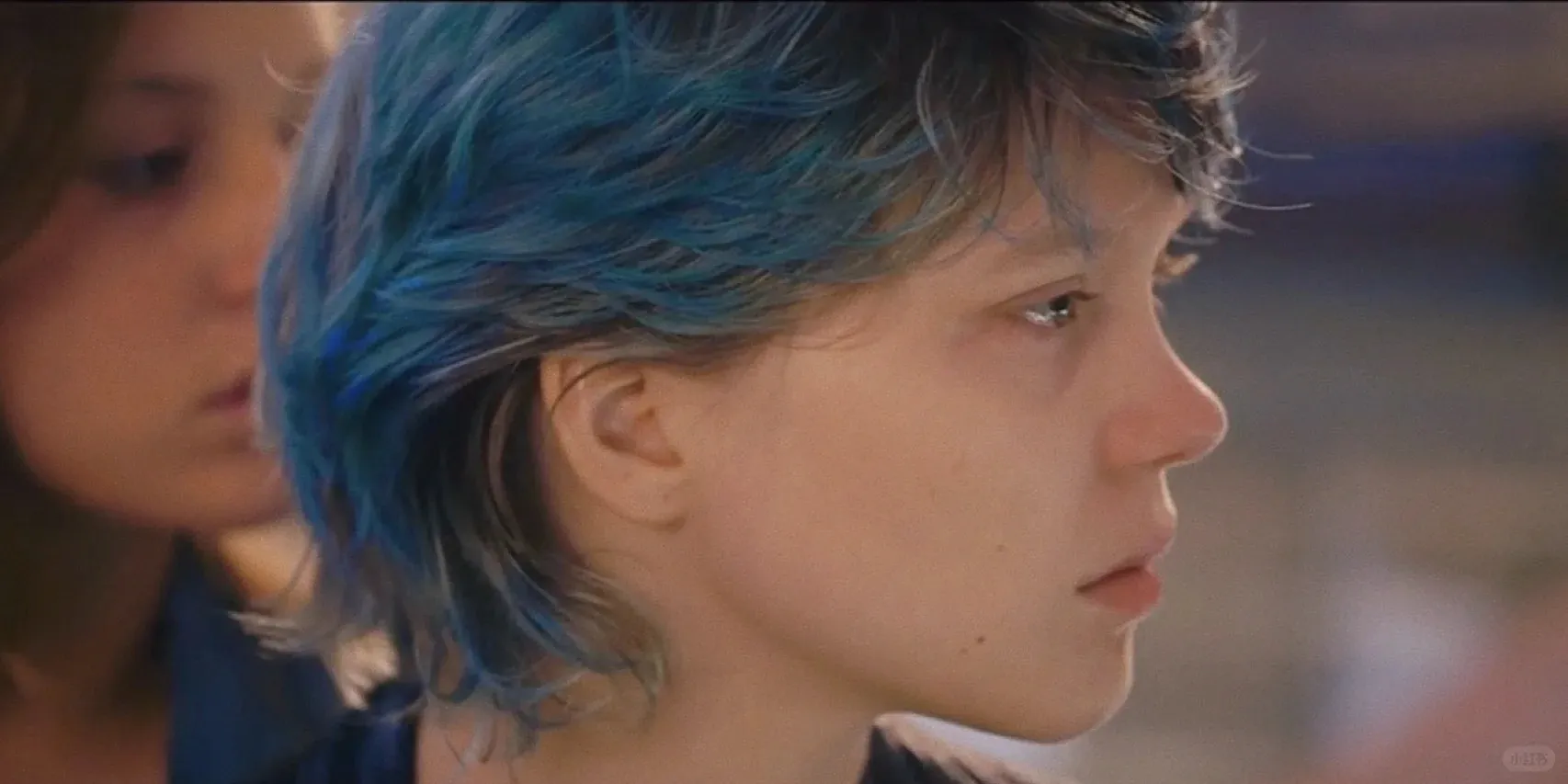
Adèle, a 15-year-old student, drifts through school life and a boyfriend she cannot love. Everything changes when she spots Emma, a blue-haired art student whose presence sparks an irresistible attraction. Tentatively, Adèle steps into a lesbian bar and finds Emma waiting—an encounter that blossoms into a passionate, all-consuming romance. Living together, sharing meals, making love, and dreaming of futures, they believe their bond is unbreakable. But class differences, ambition, and unequal power gradually tear them apart, leaving Adèle facing loss and solitude.
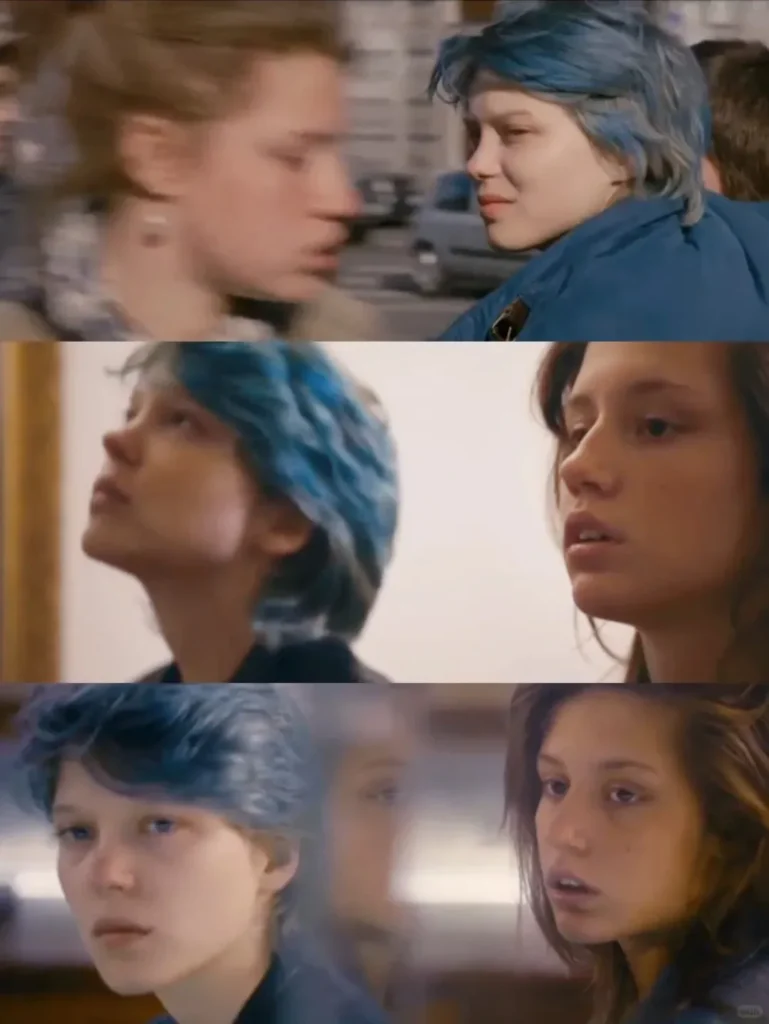
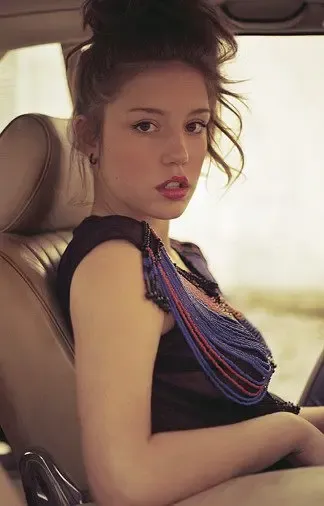
A working-class teenager swept into her first great love, both tender and devastating.
Cate Blanchett
Adèle Exarchopoulos won worldwide acclaim for her fearless, immersive performance. She has since appeared in Racer and the Jailbird, The Last Face, and Passages.

A confident, ambitious art student whose blue hair changes Adèle’s world.
Léa Seydoux
Léa Seydoux is one of France’s most acclaimed actresses, known internationally for Spectre and No Time to Die, as well as French dramas like One Fine Morning and Saint Laurent.
Director
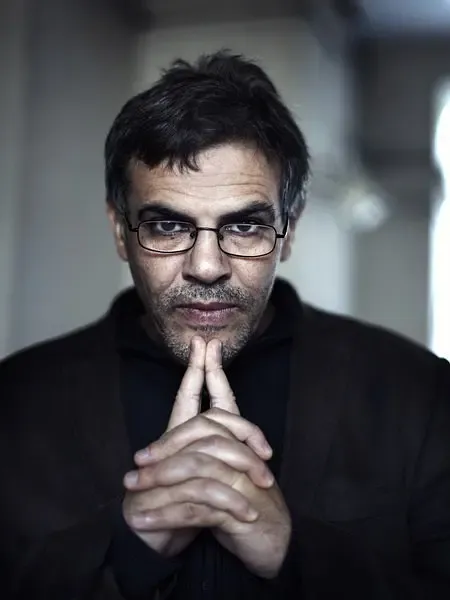
Abdellatif Kechiche
Born in Tunisia and raised in France, Kechiche is known for exploring identity, migration, and marginalized voices in French society. His earlier films (L’Esquive, The Secret of the Grain) also won major awards for their realism and focus on outsider lives. With Blue Is the Warmest Color, Kechiche became the first director to win the Palme d’Or jointly with his lead actresses, recognizing the trio’s achievement in pushing cinematic intimacy to new limits.
BEST SCENES
📍 First street encounter: Emma’s blue hair, an unforgettable spark.
📍 The lesbian bar: Adèle walks in nervously, only to find Emma waiting.
📍 The dinner party: Adèle cooks, Emma dazzles—an imbalance exposed.
📍 The café reunion: two women in blue, still in love, yet already lost.
Blue Is the Warmest Color Review
Review
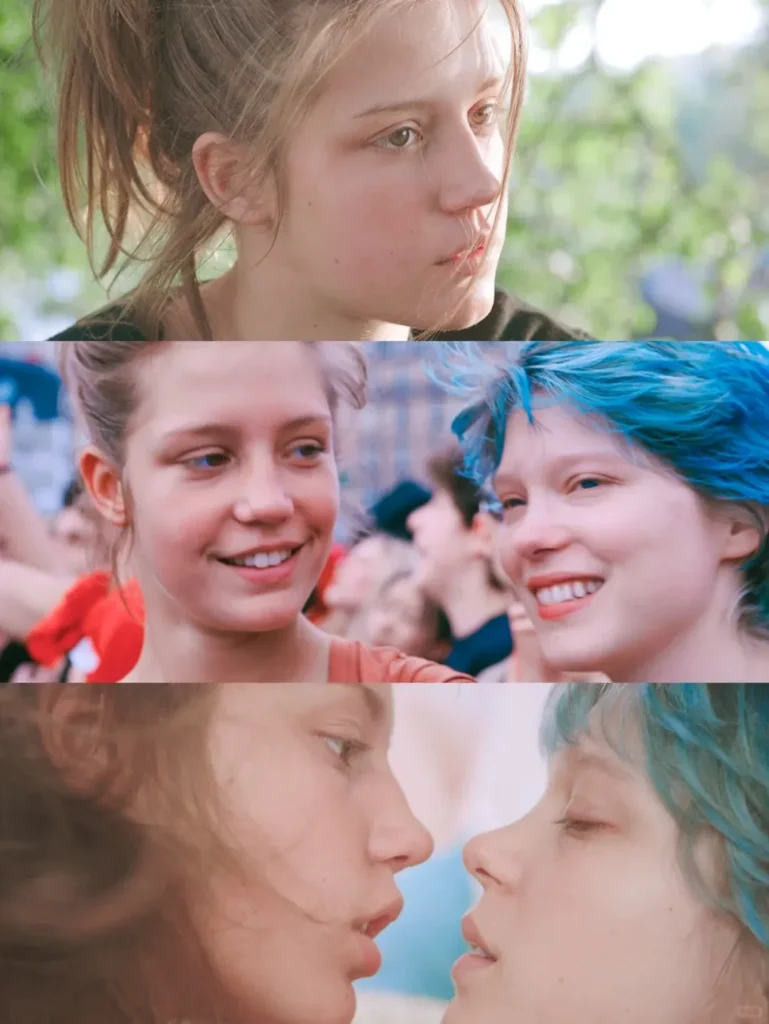

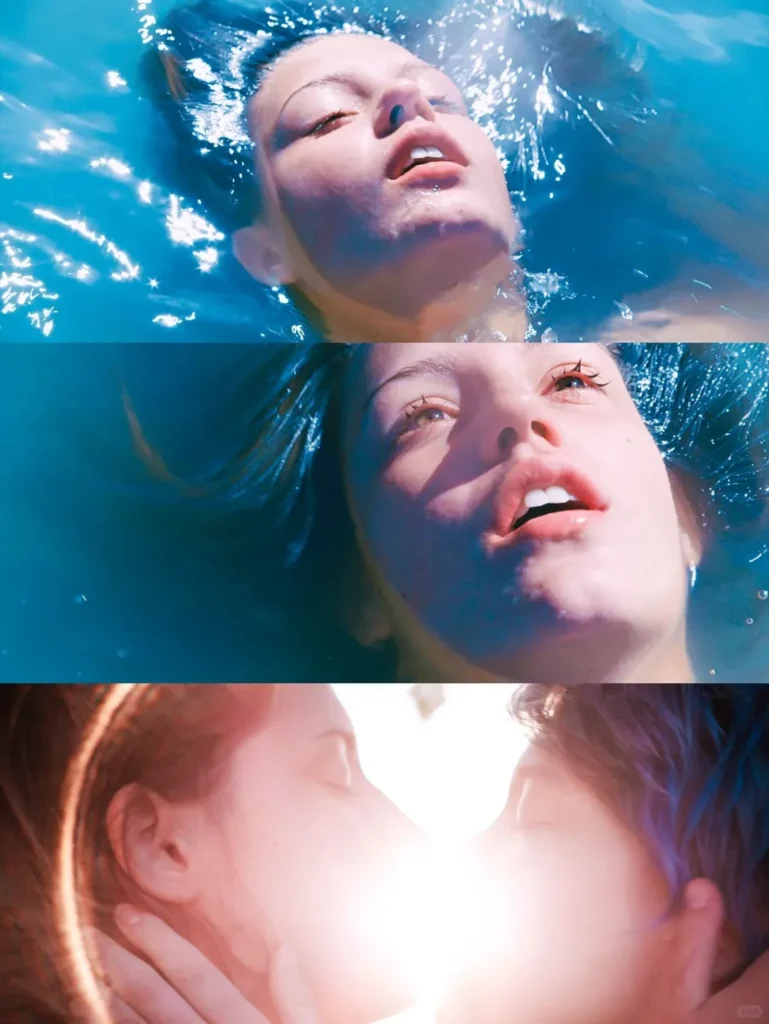
Kechiche crafts a three-hour odyssey that feels intimate rather than indulgent. Through close-ups, lingering silences, and raw naturalism, he immerses us in Adèle’s world—her hunger, confusion, joy, and despair. The notorious sex scenes remain polarizing: some find them unconvincing, others bold and uncompromising. Yet beyond controversy, what lingers is the authenticity of Adèle’s inner storm, the universal messiness of first love.
Adèle Exarchopoulos embodies youthful vulnerability, while Léa Seydoux’s Emma radiates confidence and control. Their relationship is charged by imbalance—Adèle’s working-class background and fragile sense of self versus Emma’s cultivated, ambitious art-world identity. At parties, Adèle hovers like an outsider; at home, she is caretaker and muse. Their passion cannot outlast the divide. Blue, once the color of warmth, gradually shifts into a symbol of distance, melancholy, and loneliness.
From Comic to Screen
The film is based on Julie Maroh’s graphic novel Le bleu est une couleur chaude (Blue Angel / Blue Is the Warmest Color). The adaptation, however, makes key changes:
Perspective shift: The comic is narrated more from Emma’s point of view, while the film centers entirely on Adèle.
Career change: In the comic, Adèle becomes an office worker; in the film, she is portrayed as a schoolteacher.
Ending: The comic ends more tragically, hinting at Adèle’s fate through Emma’s memories. The film instead shows Adèle walking away from Emma’s art exhibition—lonely, but alive and seeking a future.
Tone: The novel emphasizes Emma’s reflection after Adèle’s death, while the film focuses on Adèle’s growth, heartbreak, and resilience.
Blue Is the Warmest Color Information
Film Festival Recognition
🎥 Cannes Film Festival (2013): Palme d’Or & FIPRESCI Prize
🌍 Golden Globes (2014): Best Foreign Language Film (nom.)
🎬 European Film Awards (2013): Best Film (nom.)
